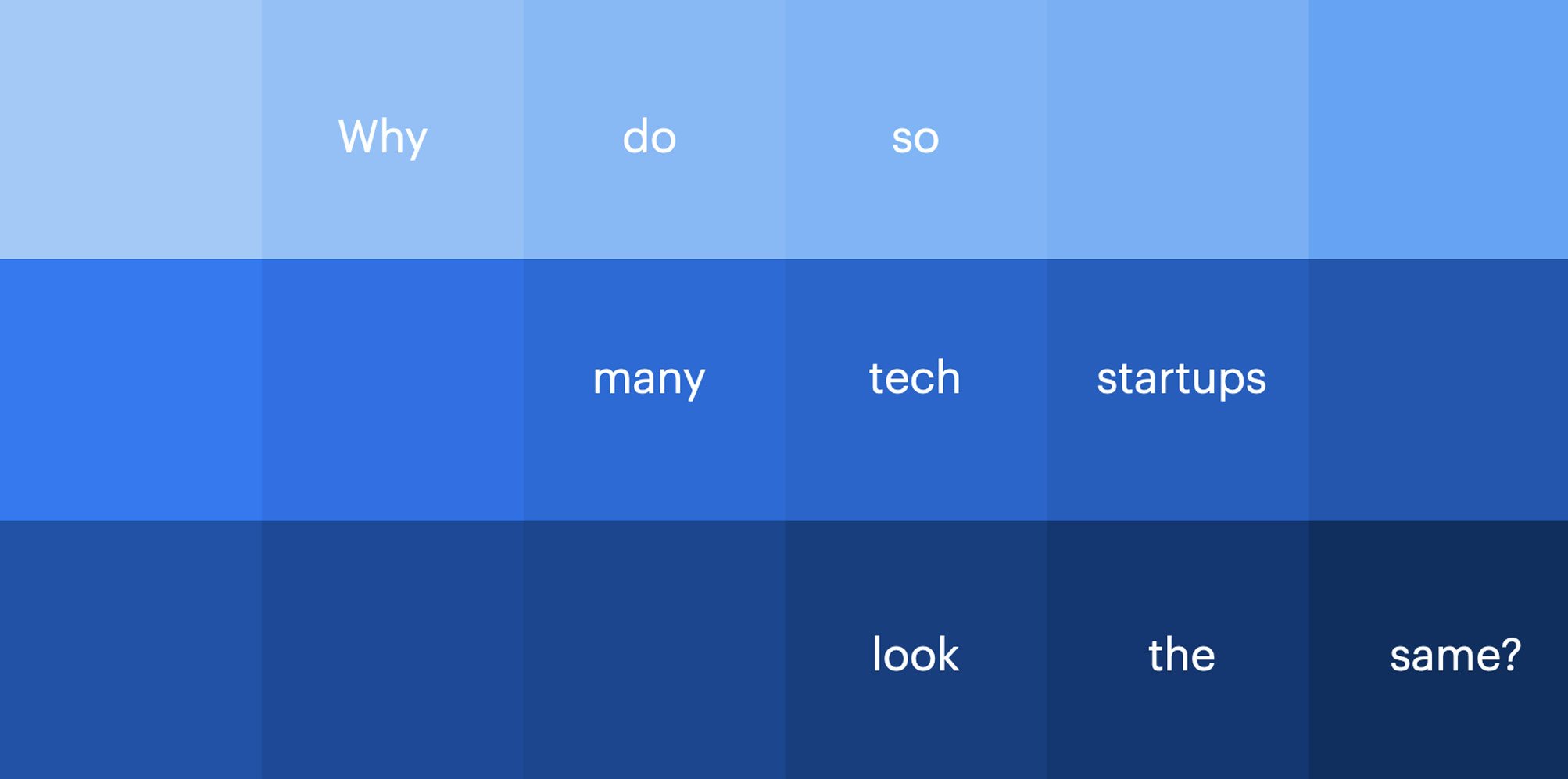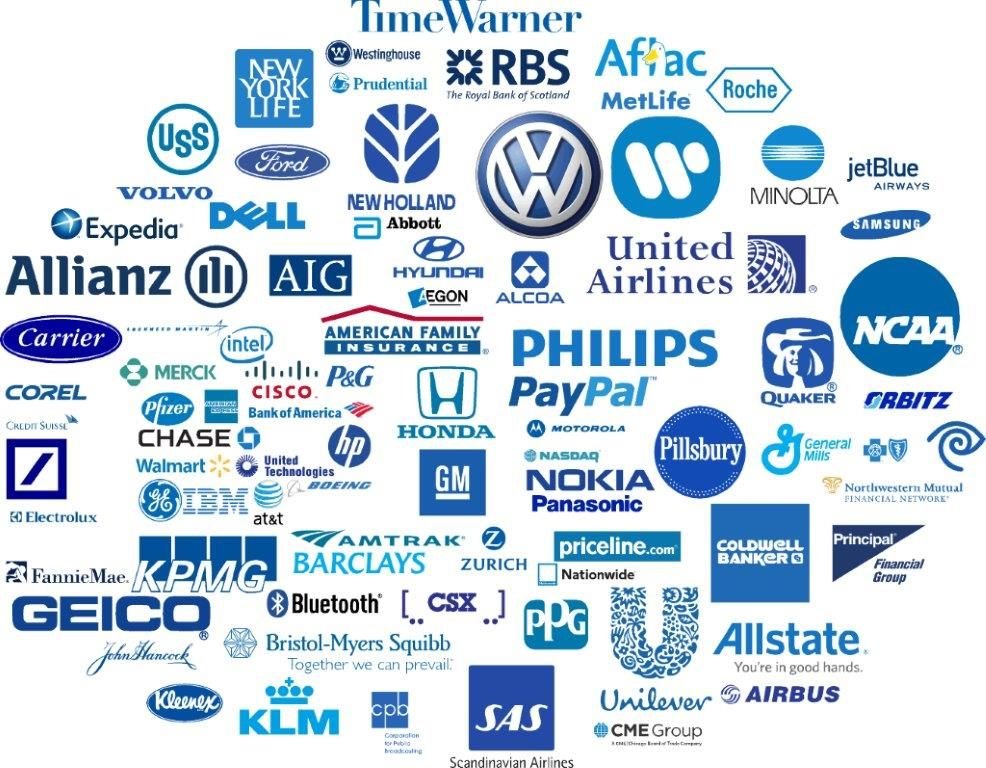Division of Labor launches a new Ad Campaign for Statsig
If Karl Malden was driving the Streets of San Francisco today, he’d be seeing a whole lot of outdoor advertising for Statsig. (If you don’t know The Streets of San Francisco, click here for the best mid-70’s TV show intro ever.)
Statsig builds software that helps product developers, well, develop products. Startups to Fortune 500s rely on Statsig feature flags, experimentation, and analytics to help them, test and launch new products and new product features faster and more reliably than ever before.
Another one of our Series B startup clients told Statsig about Division of Labor and that’s, like, the best compliment an ad agency can get. Forget the award shows and Cannes Lions; when clients tell other clients your campaigns moved the needle, that’s gold.
The communication strategy we used follows a proven success model Division of Labor has executed with other Series B startups. Basically, technology companies with highly targeted products utilize a broad outdoor media buy combined with targeted digital and social media to build awareness with our key target while also building secondary awareness among a more general population. This drives website traffic and instigates consideration while the digital media and social channels (along with good salespeople) can drive trial. But it also seeds the ground for companies and decision-makers to be more receptive when their developers ask to bring Statsig into the company.
Of course, the key to all of this working is creating messaging that is unignorable and taps into some little bit of truth that makes product developers go: “Those people get me!” And getting this right happened thanks to great collaboration with Statsig’s internal communications team led by Elizabeth George and Brock Lumbard along with Margaret-Ann Seger, GB Lee, Skye Scofield and Statsig’s founder Vijaye Raji.
“Our research shows that while our customers are highly engaged in the technical world, they also take time offline, and that is where we plan to meet them,” Statsig founder and CEO Vijaye Raji said.
The core idea for the campaign is the core idea for the product; build, measure, learn, repeat.
Messages talk about the importance of testing product features with thoughts like, “Don’t think, test.” Other boards praise the power of product testing with lines like “A/B testing saves V/C money.”
The campaign utilizes Statsig’s signature 3D iconography that brings to life the lab-like environment the brand believes in. Brex handled the out-of-home media buy and, like they did with previous Division of Labor projects for Stytch and Hirect, they did an amazing job finding great boards and unique properties we could have some fun with.
Please keep your eyes peeled. And check out the launch story here in Geek Wire.
########
The Small Agency Blog is produced by Division of Labor; the ad agency for startups, based in San Francisco, twice named Small Agency of the Year by Ad Age. The award-winning creative shop services a variety of clients and specializes in startups that have obtained Series B financing or higher. They also offer freelance services. Click here for a free consultation.










